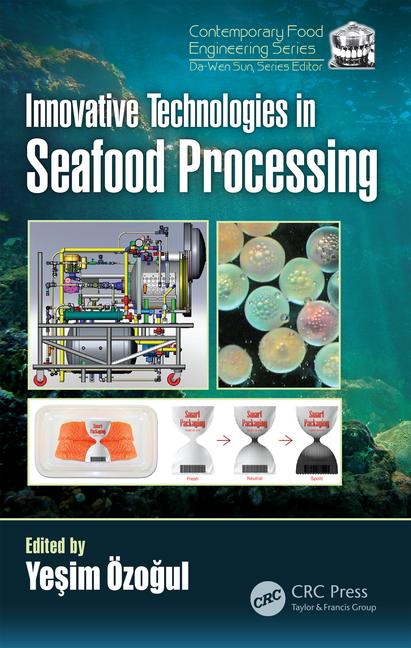Automation, Space Driving Vertical Cold Storage Construction

The future of cold storage is looking up.
While market factors are driving rising demand for cold buildings, there are also practical reasons behind the need for newer, taller cold storage facilities. The existing cold building stock in the U.S. is becoming antiquated, with an average age of 34 years, according to a 2018 study by CBRE research. That study found many facilities are inadequate for today’s e-commerce and distribution needs, due to factors including low ceilings and uneven floors.
Going vertical is the answer for many companies looking to increase storage capacity and implement automation, while maintaining smaller building footprints.
“Land is becoming more expensive and to relocate a production facility to another location is not very feasible, so it makes sense to go vertical,” said Mark F. Livesay, vice president of automated warehousing for ESI Group USA, a nationwide design-build firm focused on temperature-controlled facilities for food processing, distribution and automation. “Labor is becoming more and more expensive if you can even find people that are willing to work. Automation is becoming more and more necessary to get the product to the dock for transport to the consumer.”
New vertical cold storage facilities typically range from 75 feet to 135 feet, Livesay said. They often have special considerations during the design and construction phase, including power requirements, the types of refrigeration and racking systems used, and structural slab and foundation needs.
The push to automate facilities is another factor driving cold storage skyward. While existing warehouses as low as 20 feet in height can be retrofitted with an automated storage/retrieval system (AS/RS), they are most often used in vertical spaces.
For as AS/RS used in cold storage, there are clear advantages to building from scratch, said John Hinchey, vice president of sales at Westfalia Technologies, a warehouse automation company.
 An AS/RS can eliminate the need for manual labor in harshly cold environments. Image courtesy of Westfaila Technologies.
An AS/RS can eliminate the need for manual labor in harshly cold environments. Image courtesy of Westfaila Technologies.
“In cold and frozen warehouses, square footage is premium, and maximizing storage density is key to reducing costs. An AS/RS preserves space and therefore allows for better expansion options when compared to a conventional warehouse,” Hinchey said. “When it comes to vertical builds specifically, many companies are approaching this form of design-build automation due to the desire to save on land costs. Automated warehouses require a smaller building footprint than conventional warehouses by maximizing vertical space, and is one of the most environmentally-friendly warehouse designs available. Thanks to the preservation of space due to an AS/RS, better expansion options are provided versus a conventional warehouse.”
AS/RS eliminates the need for manual labor in harshly cold environments, which can save energy since workers and material handling equipment don’t make frequent entrances and exits from the refrigerated areas. AS/RS often speeds pallet handling time, improving productivity and reducing food waste.
“There is no doubt that more owners want to capitalize on the numerous advantages of automation, specifically around packaging, storage and shipping. As the industry rapidly moves toward automation, facility design will need to adopt innovative approaches in order to overcome new variables added to an old challenge—beating the cold,” said Randy Drake, P.E., a senior project manager in the industrial market at Gresham Smith, an architecture and engineering firm.
“Before making a transition toward automation, there are several factors that should be considered, including the fact that certain system components, such as sensors, laser detectors and other small components, do not perform well in colder temperatures. Unreliable performance of these features could mean hours of maintenance time working in sub-freezing conditions,” Drake said. “Another challenge will be controlling the environment at the entry and exit points of the freezer. Creating vestibules at a temperature between cold storage and packaging or loading docks will provide better temperature and humidity control while minimizing the number of components exposed to the coldest conditions. This will also allow non-automated activities, such as maintenance and repair teams, to work in more tolerable conditions.”
For food manufacturers and suppliers, combining automation with the right software can streamline operations by managing FEFO (first-expired, first-out) and the order fulfillment process. It can include the need to build mixed-SKU customer order pallets and improve traceability in the case of a product recall.
With their ability to maximize efficiencies on all fronts, the sky could the limit for vertical cold storage facilities.
Looking for a reprint of this article?
From high-res PDFs to custom plaques, order your copy today!









